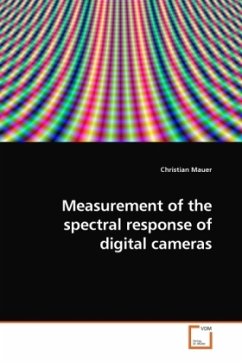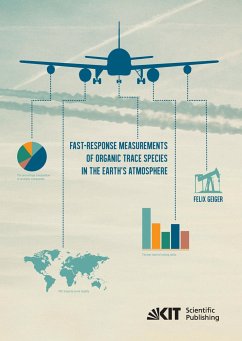To know the spectral response of a digital camera it is necessary to design its color processing. In many cases just relying on the sensor data sheet is not an option, a measurement of the spectral response is necessary. One possibility to get the spectral response is the use of re ectance charts in combination with estimation algorithms. These algorithms o er reasonable results and are inexpensive and fast. To improve the quality of the measurement the use of monochromatic light is imperative. To generate monochromatic light normally a monochromator is needed. Unfortunately these devices are very expensive, di cult to setup and the measurement is very time consuming. Another possibility to generate monochromatic light is the use of narrow-band interference lters. The handling of the lters might be complicated, too. This thesis describes the hard- and software, which was developed to overcome these issues. The quality of the measurement is also discussed.
Bitte wählen Sie Ihr Anliegen aus.
Rechnungen
Retourenschein anfordern
Bestellstatus
Storno








